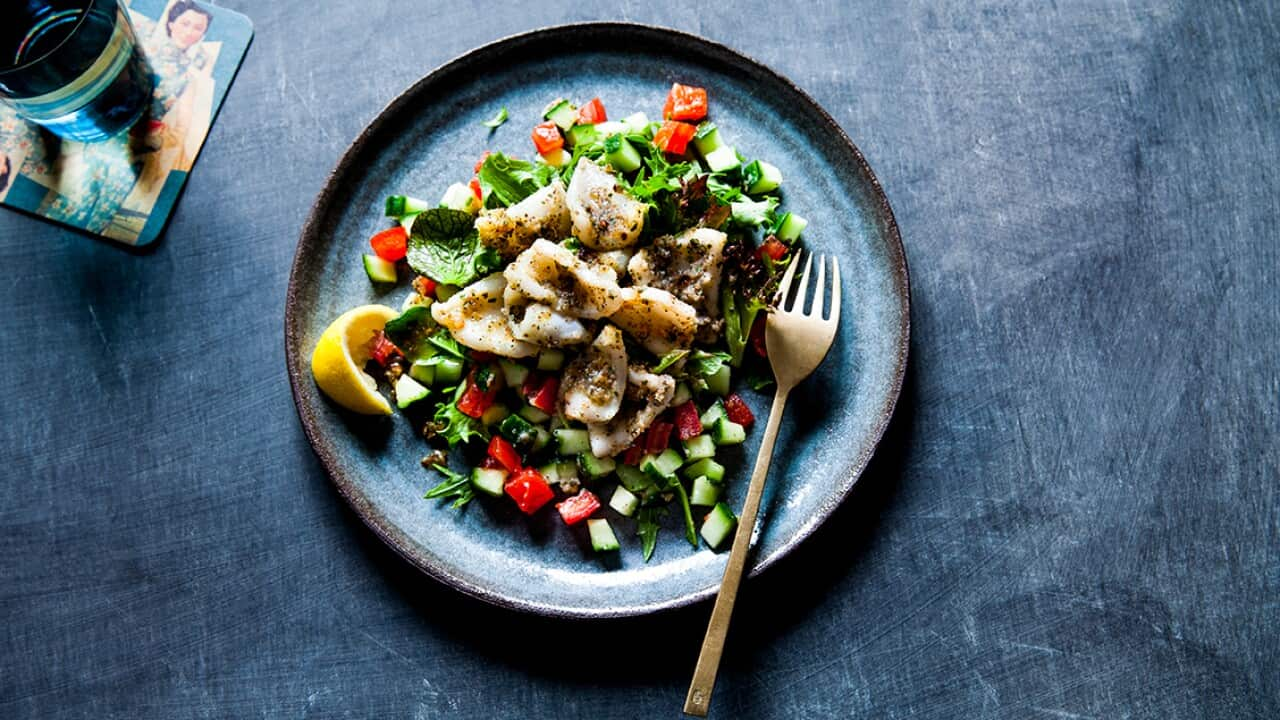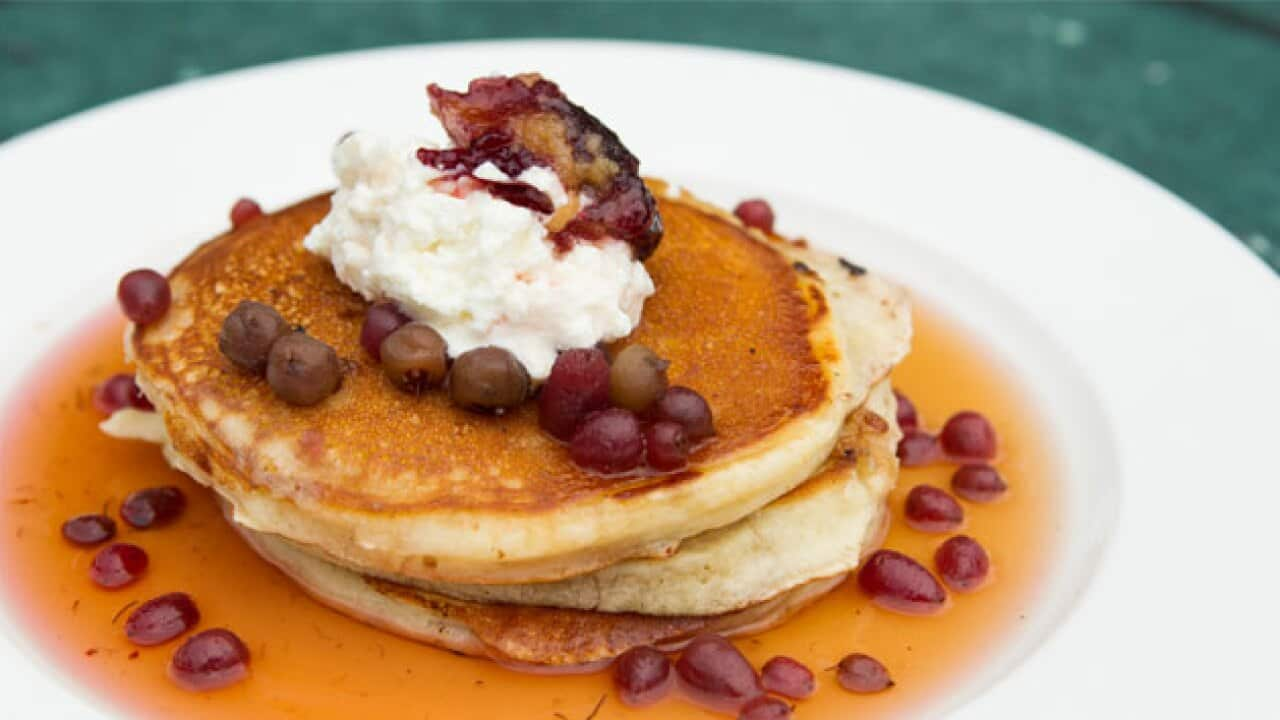In a culinary context, the past few decades have seen merely an ongoing flirtation with , with few serious attempts at truly integrating them with European technique other than a small handful of chefs including and *. And so it begs the question of whether mainstream use of native Australian foods will ever be more than a garnish of lemon myrtle or a handful of deep-fried saltbush leaves.
So what obstacles are in the way of more seamless integration, and can they be overcome? Professor John Carty, who is , reckons so (don’t let the title fool you, he can down a pint as fast as any Adelaide local at ).
“People felt the way about Aboriginal art that we do now about our native food," says Carty, who has a background in Aboriginal history, culture and art. "And in one generation, that perception has shifted so dramatically. We now consider it as being the most significant art movement Australia has ever given the world. Why not ... that mainstream shift, with food?”

Wattleseed is used in cakes and biscuits, but will it get wider use? Source: Melissa Leong
People felt the way about Aboriginal art that we do now about our native food. And in one generation, that perception has shifted so dramatically.
While van Vuuren might not be putting tacos on the menu anytime soon, others prefer to dive right in and use familiar cuisines as a vehicle to familiarise diners with less familiar ingredients.
“Chinese people have and, I think, will always adopt ingredients from where they’ve ended up and cook it in a context that suits the meal. I don’t see it as a stretch to use instead of choi sum,” says ’s chef/co-owner . “And that’s why the food which used to serve [at her erstwhile modern Chinese eatery Billy Kwong, where native Australian ingredients like saltbush, Warrigal greens and Indigenous seafood were integrated], for example, is in a way truly Chinese Australian,” Carty adds, “I think the most culturally disrespectful thing would be to ignore native foods altogether.”
The other major obstacle is supply, as many wild ingredients are traditionally foraged rather than cultivated. That seems set for change, as native Australian food enterprises work with producers to cultivate and farm produce. “It’s a really good time for native foods, we’re at the start of the next wave,” says Indigenous Australian chef . “Commercialisation is creating supply chains, which means that more ingredients will be made more available and at a better quality. The next decade is going to be really exciting.” He is mindful, though, to engage with producers who put back into the communities they work with, and who “…save some for the animals”.
As a chef with no background in Indigenous foods, there’s a feeling of being a little fraudulent in using ingredients you don’t fully grasp.
That might be good news for chefs like from Melbourne’s , who notes a lack of steady supply and quality of what lands at his door as one reason he doesn’t choose to use more native produce. “[A lot of native produce] tends to be frozen and herbs dried. For me, I like pure, fresh flavours and have little interest in working with produce that needs a lot of work to give them flavours I’m looking for.”

Fruitcake made with native ingredients, such as quandong and wattleseed, by Rayleen Brown from Kungkas Can Cook in Alice Springs. Source: Melissa Leong
Chefs lead the way. Yes, there are obstacles like supply and cultural sensitivity, but I feel these are far from insurmountable.
Identifying chefs and personalities like Kylie Kwong and as people who have all championed native ingredients publicly, he believes that leadership, popularisation and discussion will drive Australian food forward. “The question is ‘will Australians ever eat this stuff?' The answer is f--k yes! But for us to evolve, we need to not be passive recipients of what food comes from elsewhere but integrate that global influence with an intimate engagement of what it is to be Australian. Then we become a part of a culture worth creating for our kids and grandkids.”
And isn’t that a delicious thought.
*John Newton’s is a wonderful book on this subject and more, and he says it with more elegance than I can muster. Do read it!
a selection of dedicated programming, special events and news highlights with a focus on encouraging greater understanding of Indigenous Australian perspectives on 26 January. Join the conversation #AlwaysWasAlwaysWillBe.
Australian story

13 recipes that celebrate Australian bush foods








